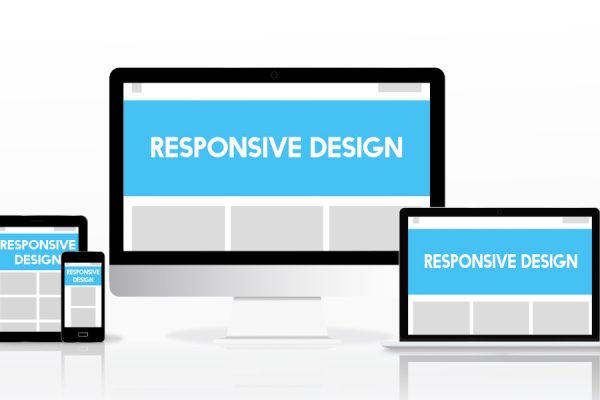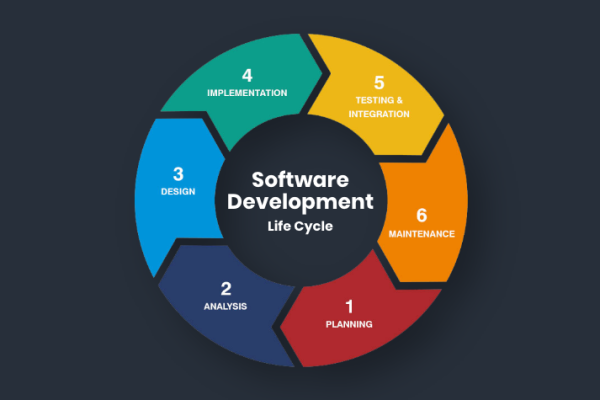Dynamic and Responsive Company Website Entails – In today’s digital era, a dynamic and responsive website plays a critical role in a company’s success. Whether you run a startup or a well-established business, your website serves as the first point of contact with potential customers. Therefore, investing in a dynamic and responsive website ensures your business stands out, engages visitors effectively, and drives growth. Understanding a Dynamic and Responsive Website A dynamic website provides interactive features and updates content in real-time. Unlike static websites, dynamic sites deliver personalized experiences. For example, they adjust content based on user behavior, preferences, and location. On the other hand, a responsive website automatically adjusts its layout and design to fit various devices. Whether visitors use smartphones, tablets, or desktops, a responsive site guarantees seamless navigation and readability. At Be Seen Limited, we design websites that combine both dynamic and responsive elements. Our solutions ensure businesses in Kenya and across Africa reach their audiences efficiently. Key Features of a Dynamic and Responsive Website First and foremost, mobile optimization ranks high on the list of essential features. A responsive website ensures optimal display and functionality across all devices. This not only improves user experience but also boosts search engine rankings, as Google favors mobile-friendly websites. Secondly, dynamic websites offer content management systems (CMS) that allow easy content updates. Companies can publish blogs, news updates, and product listings without needing technical expertise. As a result, businesses stay current and maintain customer engagement. Additionally, these websites often integrate interactive elements such as contact forms, chatbots, and personalized recommendations. These features enhance user interaction and encourage visitors to take action. Advantages of Having a Dynamic and Responsive Website A dynamic and responsive website offers several advantages that directly impact a company’s growth and visibility. 1. Enhanced User Experience To begin with, responsive design ensures users have a smooth experience regardless of the device they use. Easy navigation, fast-loading pages, and readable content lead to higher visitor retention rates. Consequently, this increases the chances of converting visitors into customers. 2. Improved Search Engine Ranking Moreover, search engines like Google prioritize mobile-friendly and responsive websites in their rankings. A dynamic website with fresh, updated content further boosts SEO performance. Therefore, companies enjoy increased visibility, more traffic, and higher conversion rates. 3. Increased Engagement and Conversion Interactive features on a dynamic website encourage users to engage with your content. For instance, Be Seen Limited integrates AI-powered chatbots and smart forms that capture leads and provide instant support. These features not only improve customer experience but also increase conversions. 4. Scalability and Flexibility As your business grows, your website should scale with it. Dynamic websites offer flexibility in terms of adding new features, pages, and content. This ensures the site evolves alongside your business needs without requiring a complete overhaul. 5. Strong Brand Image and Credibility In today’s competitive market, a professional-looking, responsive website reflects your brand’s credibility. It builds trust with potential clients and assures them of your company’s professionalism. At Be Seen Limited, we craft websites that align with brand identity and appeal to target audiences. How Be Seen Limited Leads in Dynamic Web Development Be Seen Limited stands at the forefront of dynamic and responsive web design in Kenya. We have helped major companies such as Benax Solar, Sakiina Cargo Ltd, and Nila Pharmaceuticals establish a strong online presence. Our approach focuses on user experience, cutting-edge technology, and results-driven design. We take time to understand each client’s unique needs. Then, we deliver websites that offer seamless functionality, attractive design, and enhanced performance. Additionally, we ensure the sites are optimized for search engines, making it easier for businesses to reach potential customers. Conclusion In summary, a dynamic and responsive website is essential for any business aiming for growth in today’s digital landscape. From improved user experience and better search rankings to higher conversions and scalability, the benefits are undeniable. Be Seen Limited remains committed to helping companies across Kenya and Africa harness the power of modern web development. Contact us today and let Be Seen Limited build a dynamic, responsive website that drives your business forward. Contact Us:Website: – Click HereWhatsApp | Call: +254 743 149 267 | + 254 738 352 258Email Address: info@beseenlimited.com | sales@beseenlimited.comFollow our IG: @Beseenlimited






